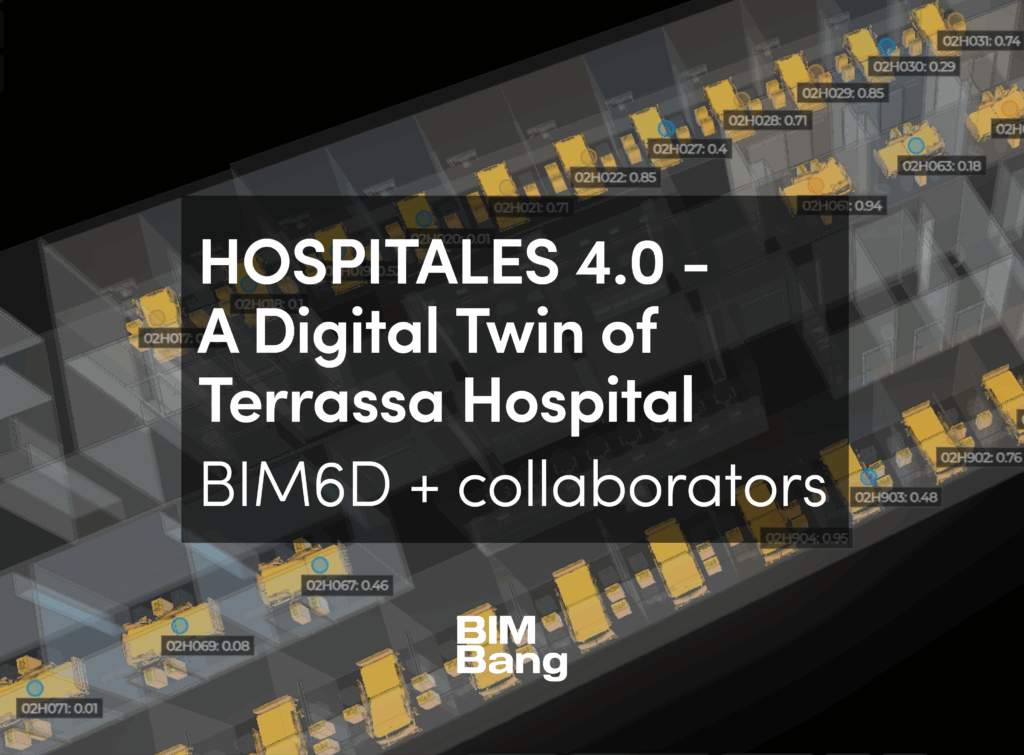Some years ago, in Frankfurt in 1959, the designer Otto Zapft partnered with the furniture entrepreneur Niels Vitsoe to found a company that will realise the furniture ideas of a young ambitious and promising industrial designer named Dieter Rams, which at the time was working on Braun.
The trio set up the agenda for the company around the idea of timeless design furniture, and coined the company ethos “Living better, with less, that last longer”. As Mark Adams, managing director of the company stated in a conference in 2012 “They wanted their furniture to last longer. They wanted to avoid built-in obsolescence. They would not pander to fashion. Their furniture would be discrete, and it would be adaptable. So that you as the customer could: start with less, add to it, rearrange it, repair it, take it with you when you move and most importantly reuse it.”
One of the most successful product of the company is the 606 Universal Shelving System, envisioned not only like a piece of furniture but as a whole system, with this philosophy in mind.
A minimalistic and simple E shaped profile of extruded aluminum with rhythmic holes that can be easily screwed in to a wall, provides the framework for the shelving system, made in only two widths 66,7 and 91,2 cm the rails provide the support to a myriad of accessories that can be attached with an incredible simple aluminum rod that provides the lock between the E profile and the elements. You can find steel shelves of different depths, made of steel or wood, cabinets, drawers, and even tables and integrated desks complete the options to the system.
The beauty of the minimalistic approach, lies precisely in the possibilities it provides along with the high standards quality and an elegance and contemporary look that even today it doesn’t stop rising admiration everywhere is used.
Sustainability is often related with a certain aesthetics and relationship with if well sustainable often cheap and bad quality materiality.
To talk about sustainability is no longer a fashion statement, the impact of the human activity in the planet has even got a named epoch. While antropocenes starting date still under debate, one of the most favored and often referred as “the great acceleration” is located somewhere around 1950.
Mid century can be seen as the golden age of mass produced design, with many diverse mayor players around the globe. The mass production, big distribution chains and affordable materials derived from fossil combustibles, along with economic boom and an optimistic attitude made the post war a fertile era for design, but also for disposable consumption.
Why spend little money in something of inferior quality that you will need to renew or trow away each time you move, when you can have a higher quality system that will go with you, and provide you enough options to update and upgrade as needed.
The Vitsoe 606 Shelving System is a majestic example of an approach about sustainability often overlooked , but with a real and meaningful impact that we should look more often in our daily practice.
Still on fabrication the 606 pieces can be interchanged, and updated mixing old and new elements, providing a longevity that can challenge the ecological perspectives and carbon foot print of other alternatives.
Taking away the concept of obsolescence and bringing timeless as a requested feature in our briefs, could help. Because designing something that last for a long time, and with sheer elegance and high standard that precedes and can adapt to the changing conditions of the life of the users, allow us to provide solutions less impactful for the environment and a statement about the design itself.
“Less but better” its an invitation to reflect on the impact each choice we take, as designers we have the responsibility of one of the most impactful industries in the world, and as such the compromise of a reflection about the role of a designers today. A role that goes beyond the usability or beauty of our solutions, but extends beyond in to the impact and consequences of the proceses and choices involved, and a proof that Timeless Design is Good Design.

















